To provide the best experiences, we use technologies like cookies to store and/or access device information. Consenting to these technologies will allow us to process data such as browsing behaviour or unique IDs on this site. Not consenting or withdrawing consent, may adversely affect certain features and functions.
The technical storage or access is strictly necessary for the legitimate purpose of enabling the use of a specific service explicitly requested by the subscriber or user, or for the sole purpose of carrying out the transmission of a communication over an electronic communications network.
The technical storage or access is necessary for the legitimate purpose of storing preferences that are not requested by the subscriber or user.
The technical storage or access that is used exclusively for statistical purposes.
The technical storage or access that is used exclusively for anonymous statistical purposes. Without a subpoena, voluntary compliance on the part of your Internet Service Provider, or additional records from a third party, information stored or retrieved for this purpose alone cannot usually be used to identify you.
The technical storage or access is required to create user profiles to send advertising, or to track the user on a website or across several websites for similar marketing purposes.




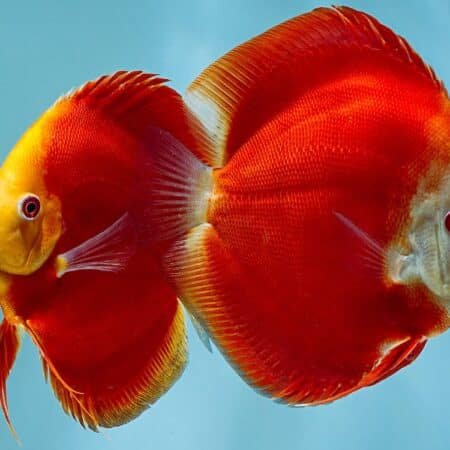
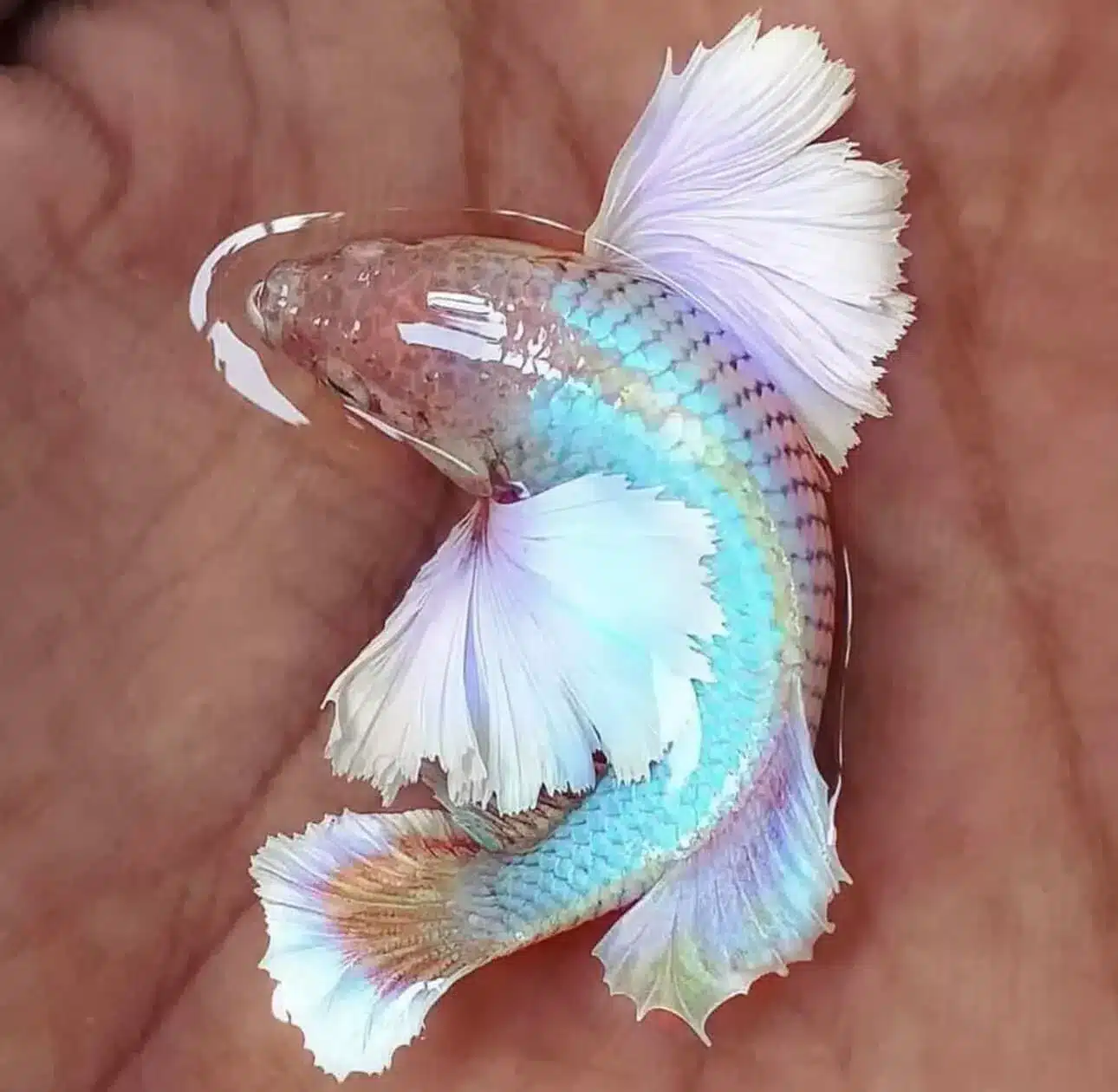


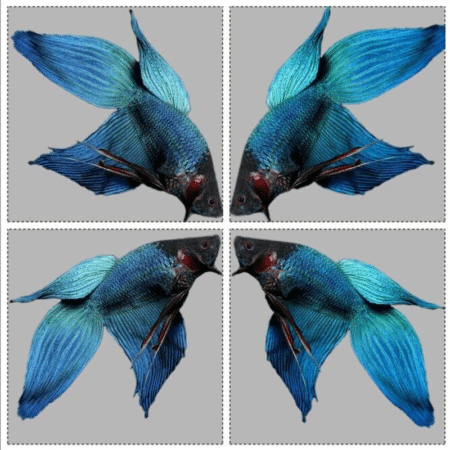
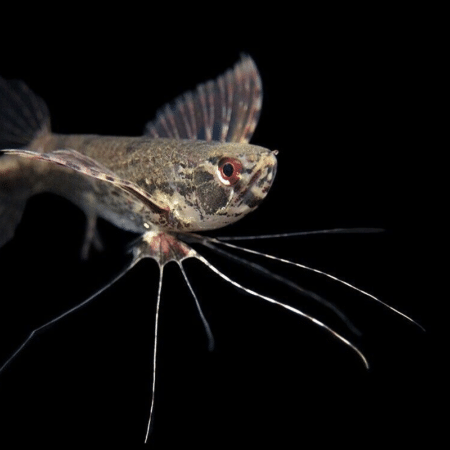
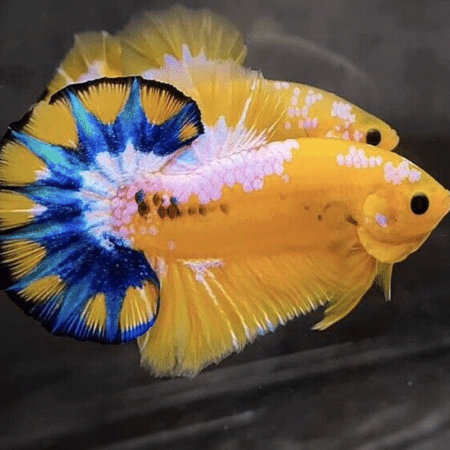


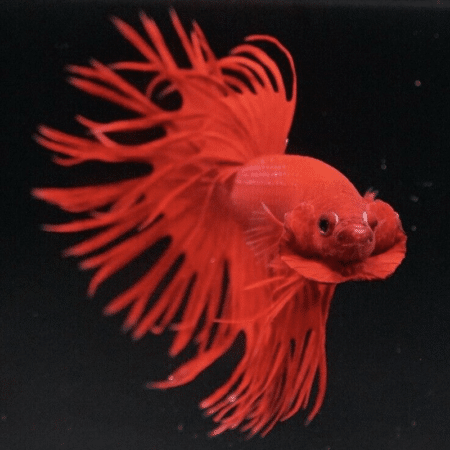



Emily Carter (verified owner) –
I recently purchased the Tunning Super Delta Dumbo Ear “Big Ear” Female Betta and I couldn’t be happier! After bringing her home about two weeks ago, she has completely transformed my aquarium. Her vibrant colors and those spectacular fins are just mesmerizing! I chose her because I was looking for a stunning addition to my tropical fish collection, and she definitely fits the bill.
What really stands out about this betta is her gentle demeanor. I’ve had other bettas that were quite aggressive, but this little lady has shown no signs of stress or trouble blending in with my other fish. After watching her for a week now, I can confidently say she’s thriving.
One minor concern I had initially was about her adaptability to my 10-gallon tank, but she quickly made herself at home, darting around the plants and exploring.
I highly recommend this beautiful betta to anyone looking to enhance their aquarium with a friendly, eye-catching tropical fish. It’s a joy to watch her flourish, and I can tell she’s happy in her new environment. If you’re a fellow fish enthusiast, this is definitely a purchase you won’t regret!
Emily Carter (verified owner) –
I recently purchased the Super Delta Dumbo Ear Female Betta, and I couldn’t be happier! After researching various freshwater fish options, I decided to add this beauty to my peaceful aquarium, and she has truly transformed the setup. She arrived within a week, well-packaged and healthy, which shows the seller genuinely cares about fish welfare. Her vibrant colors and graceful fins add so much life to my tank!
I appreciated that she is a ‘random selection’; it felt like opening a surprise gift. This little one is peaceful and friendly, so I’d recommend her especially for hobbyists looking for a tropical fish that won’t disrupt their community tank. While I was slightly concerned about her settling in, she adapted beautifully within a few days, mingling with my other fish like she belonged there.
If you’re considering getting a betta, I highly recommend this specific variety for their stunning appearance and gentle nature. Just ensure your tank is well-planted and spacious enough—betta fish appreciate their personal space. Overall, this has been a delightful addition to my aquarium, and I would absolutely buy again!